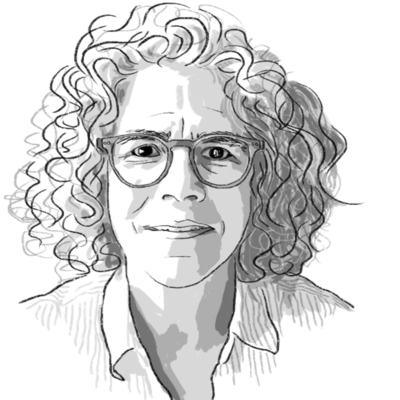It may seem like a paradox, but many of the women who turned out for abortion-rights protests this past weekend were beyond their childbearing years. One distinction: Some have memories of a pre-Roe America.
Monitor Daily Podcast
- Follow us:
- Apple Podcasts
- Spotify
- RSS Feed
- Download
 Clara Germani
Clara Germani
Of the five mass shootings that jolted the United States this weekend, the one that speaks most ominously about America at the moment was in Buffalo, New York. There, at a supermarket, a white, male 18-year-old allegedly shot 13 people – 11 of them Black. His online writings reportedly suggest “replacement theory” was a reason for killing Black people.
The theory holds that there is a conspiracy to “replace” white people with people of color across the American socioeconomic landscape. It has been cited as inspiration for a number of hate crimes, including those targeting Jews.
That hate is a distorted form of a wider – quieter – fear a significant share of Americans apparently hold.
A May 9 AP-NORC poll found 32% of American adults believe that some people are trying to replace native-born Americans with immigrants for electoral gains. About the same amount express concern that an increase in immigration is leading to native-born Americans losing economic, political, and cultural influence. These beliefs are at the root of replacement theory.
The Buffalo shooting is an atrocity; the wider fear behind it demands patient deconstructing.
Yascha Mounk, the political philosopher and founder of the online publication Persuasion, says the idea that America will be a “majority minority” nation by 2045 is dangerously leveraged as triumphalism on the left and panic on the right. “The left is saying, ‘these rising groups will … dominate politics and culture and all of the problems of America will be solved.’ On the right, they’re thinking, ‘… it’s going to eclipse us. And we’re never going to win.’”
The real world is more complicated than that. Even within the same race, the diversity of thought and identity is enormous.
As Mr. Mounk concludes: “When you’re talking about the majority-minority America, a lot of this is going to be mixed-race Americans; or Hispanics, many of whom actually in key ways think of themselves as white; or people who are going to have spouses or other close relatives who are white. And so this idea that you can understand American society as these two monolithic blocks of whites and people of color – and that is the fundamental dividing line in America – thankfully, is not true.”










